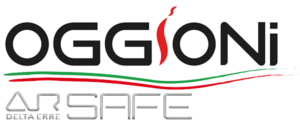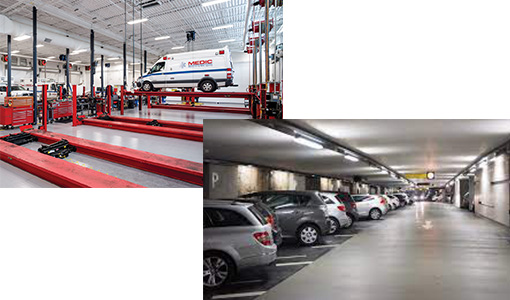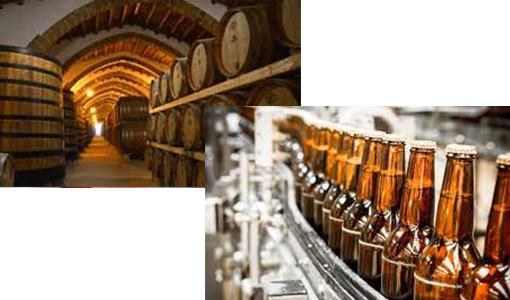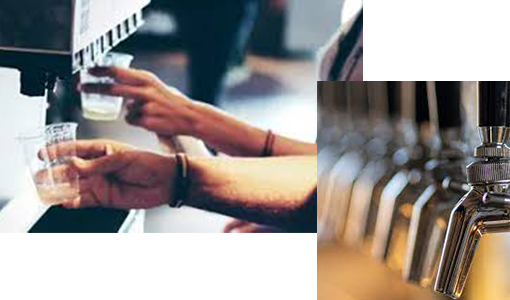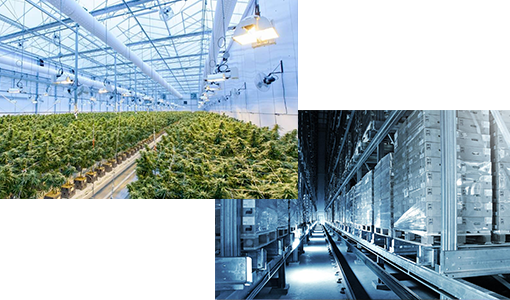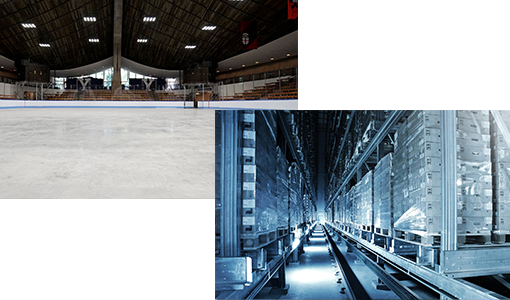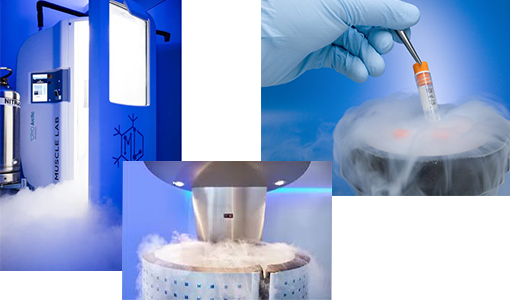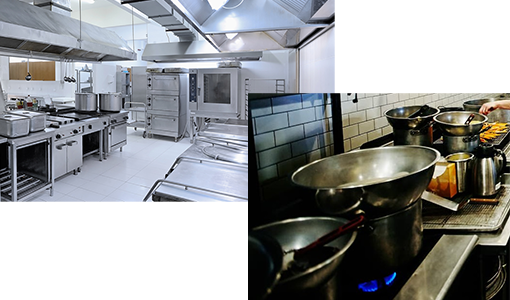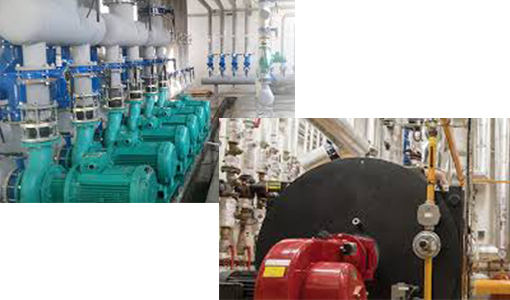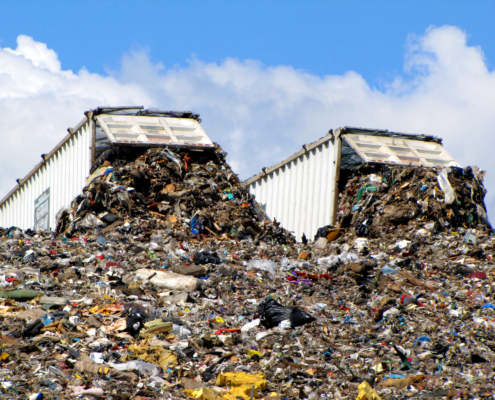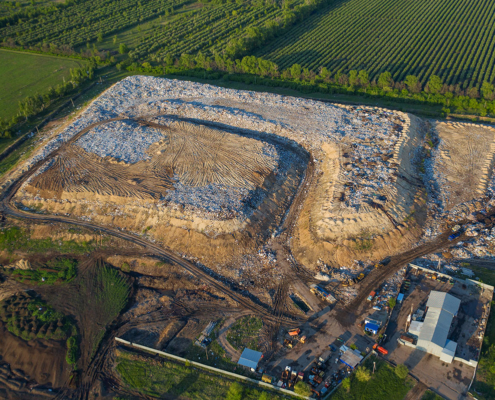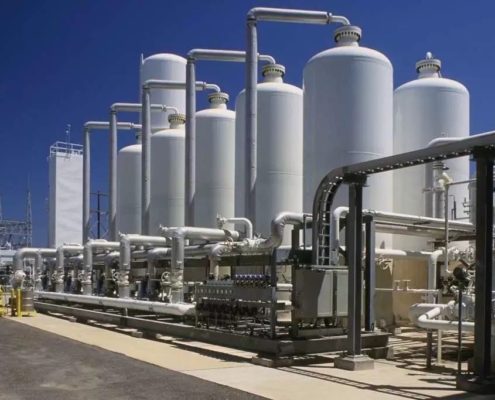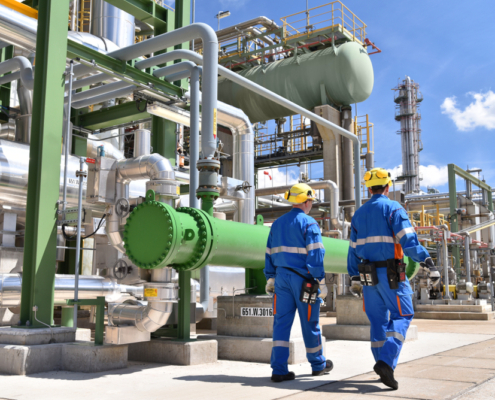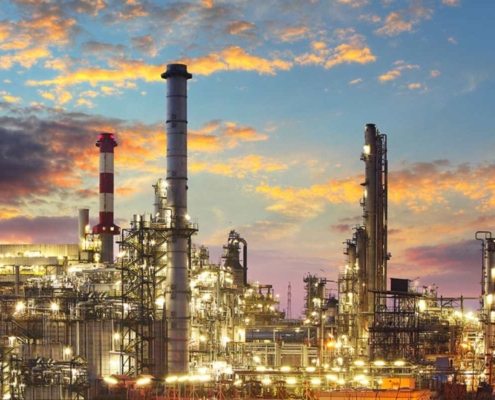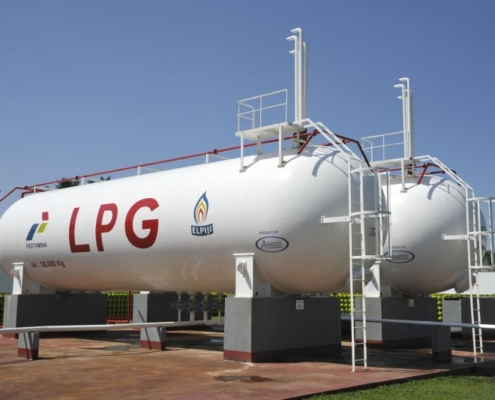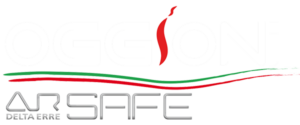Parking lots and maintenance squares
A major benefit: savings in energy consumption costs.
In order not to run the fans at full speed every hour of every day, it is necessary to install a gas detection system.
COMMON GASES:
- Carbon Monoxide, Nitrogen Dioxide, Combustibles
Beverage dispensing
Carbon dioxide tanks for beverage dispensing may need carbon dioxide monitoring.
Restaurants and bars/gas stations/canteens etc.
COMMON GASES:
- Carbon dioxide
Breweries and wineries
High levels of carbon dioxide are found in wells, storage tanks, bottling rooms and fermentation process inside wineries. In case of a tank leak, the risk is oxygen deficiency.
COMMON GASES:
- Carbon dioxide, oxygen deficiency
Greenhouses and grow facilities
CO2 is injected at a constant value for an optimal product. Another gas found in growing greenhouses is oxygen.
COMMON GASES:
- Carbon dioxide, oxygen enrichment or depletion
Cold chain and food industry
Ammonia is a common gas in ice rinks and freezing warehouses because it is a cooling agent. Ammonia is a toxic and explosive gas and must be constantly monitored
COMMON GASES:
- Ammonia
Cryosaunas and laboratories
Laboratories use inert gases (nitrogen, helium, argon) or tanks with combustible gases during their processes. Cryosaunas are popping up everywhere, using liquid nitrogen to reach -73 C. Oxygen depletion becomes a danger should a tank leak.
COMMON GASES:
- Oxygen depletion and enrichment, combustibles
Restaurants and commercial kitchens
Appliances in kitchens such as grills, stoves and fryers use natural gas/LPG Carbon monoxide is a product of imperfect combustion. In addition, methane or propane leaks could cause explosions
COMMON GASES:
- Carbon monoxide, fuels
Boiler rooms
Methane, propane, or LPG are commonly used for heating, and a leak can become a risk. If combustion is not correct, a poisonous and harmful gas, carbon monoxide, can develop.
COMMON GASES:
- Carbon monoxide, fuels
Warehouses, forklifts and battery rooms
Whether forklifts are gas-powered or battery-powered, harmful gas emissions can occur. Carbon monoxide and nitrogen dioxide from vehicle exhaust. Hydrogen gas may be present due to battery charging
COMMON GASES:
- Carbon monoxide, nitrogen dioxide, hydrogen, fuels
The decomposition of waste causes both methane and hydrogen sulfide, dangerous gases that rise to the surface or accumulate in some areas. High levels of methane can be explosive. Hydrogen sulfide is a toxic gas that can be deadly
COMMON GASES:
- Methane, hydrogen sulfide
Many chemicals are used in these industries that produce highly reactive and toxic gases that can cause health problems for workers and pollute the environment.
COMMON GASES:
- Chlorine, hydrogen cyanide, hydrochloric acid, combustibles
Manufacturing, tank storage, and tank truck filling operations are among the most hazardous activities. LPG depots and petrochemical plants are at risk 24/7.
COMMON GASES:
- H2S, Fuels (LPG, Aromatic HC, Methane)
 Company network of fire safety experts
Company network of fire safety experts 